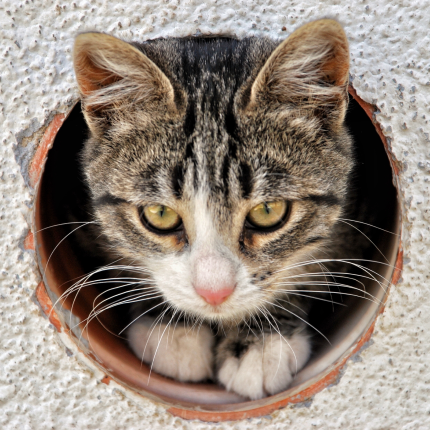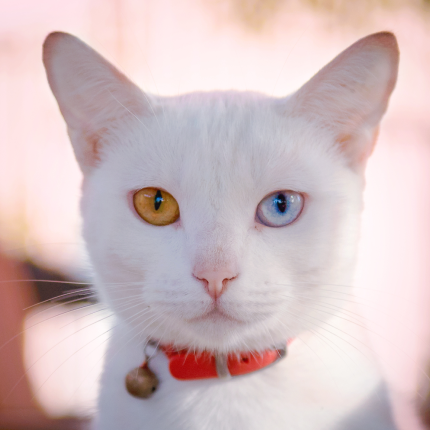10 Cat Facts You May or May Not Know


- Cats can recognize your voice. So if you think your cat is ignoring you when you call, rest assured, she is.

- Cats are actually more popular in the United States than dogs. There are about 88 million cats in the US vs. 75 million dogs.
advertisement

- Cats can solve much more complicated cognitive problems than dogs. Cats are capable of learning new information, integrating it with existing information, recalling it, and using it in other contexts. Sorry, don’t blame the messenger.

- Cats and humans have nearly identical parts of the brain that control emotions. A cat’s brain also contains temporal, occipital, frontal, and parietal lobes. In addition, cats also have gray and white matter in their brains, and their brain connections appear to be similar to those of humans.

- Cats can move both of their ears separately. Not only that, but the position of a cat’s ears is an easy barometer of her mood. If her ears are back and flat, that’s one scared or mad cat.

- When cats bring you a dead animal, your cat thinks you’re a helpless kitten who can’t hunt for themself. While this tends to be a gross gesture, it’s nonetheless a gesture of love. To learn more about what to do when this happens, check out this post!

- Cats greet each other by touching noses. To mimic this, try extending your finger if you’re first meeting a cat and see if she touches the tip of your finger with her nose.

- Cats are far-sighted. This explains why she can see a fly across the room but a treat inches from her face can get lost (they can’t focus on anything a foot in front of their face).
advertisement

- Cats have free-floating clavicle bones. This means if their head can fit through something, the rest of their body follows suit. It’s part of the reason why cats are liquid.

- If you’re allergic to cats, you’re not allergic to their fur, you’re allergic to their saliva. People who suffer from cat allergies react to the Fel D 1 protein found in cats’ saliva, skin, and urine. More about that and why hypoallergenic cats may or may not be a thing.

Featured Articles

The Odd-Eyed Cat (AKA Heterochromia)
Cats are already beautiful and fascinating creatures, but people are bound to take notice when they have something as captivating as two different colored eyes. Odd-eyed cats always have one blue eye paired with either a green, yellow, or brown eye. This form of heterochromia occurs in other animals, including…

Polydactyl Cats: Just More Beans to Love
Polydactyl cats have become extremely popular in recent times. As a result, more and more people are interested in learning more about this six-toed cat and want to get one of their own. If you are a cat lover intrigued by polydactyl cats, you have come to the right place….

Why Do Cats Roll Over Into Their Backs But Not Let You Touch Their Bellies?
It’s common knowledge dogs love to have their tummies rubbed when they freely lay down before you and roll onto their backs. But, if you’re also familiar with cats, you know that when they roll onto their backs with their bellies exposed, rubbing the belly will most likely result in…